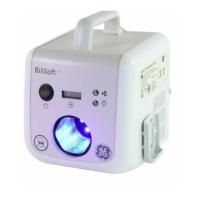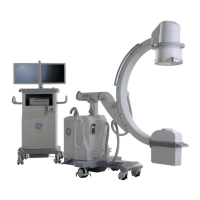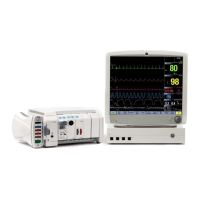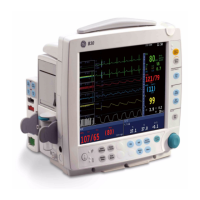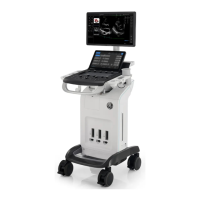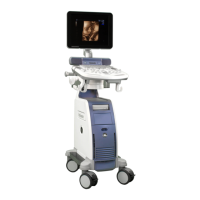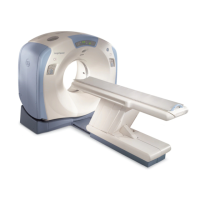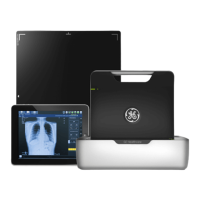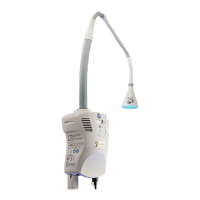76
to find the best match between each incoming complex and the set
of stored (learned) templates. If no match is found with the existing
template, a new template is stored for the identified new QRS shape.
Incremental template updating allows information from each beat,
that correlates over time, to be reflected in the associated template.
Contextual analysis uses information from neighboring QRS
complexes along with existing template measurements to make the
best possible decision regarding the beat’s origin (e.g., early, wide).
NOTE: With a 3 leadwire trunk cable, the algorithm uses the selected
one available lead ECG1 Lead, which is I, II or III, depending on the
selected user lead.
Manually relearning the ECG pattern
When the patient's ECG pattern changes considerably, the monitor
automatically relearns the new ECG pattern.
To manually relearn the ECG pattern, through
ECG - Relearn - Start.
Selecting arrhythmia alarm for snapshots
1. Press the ECG key.
2. Select ECG Alarms - Arrh. Alarms - Adjust.
3. Select YES (default) or NO for each alarm.
Detecting arrhythmia alarms
NOTE: Arrhythmia alarms are not to be used for diagnosis. A
physician must analyze the arrhythmia information in conjunction
with other clinical findings.
For information about detection performance and test results of the
arrhythmia algorithm testing, see "User's Reference Manual: ECG."
Alarm Criteria
Asystole HR is decreased to zero, the V Fib alarm is
not displayed, and a beat detection has
not occurred in the last two seconds.
Brady HR below the HR alarm limit.
Tachy HR over the HR alarm limit.
V Fib Occurs when the ECG waveform
indicates a chaotic ventricular rhythm.
V Tach Six or more consecutive PVCs with a
successive beats over 100 bpm.
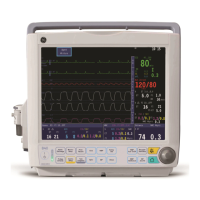
